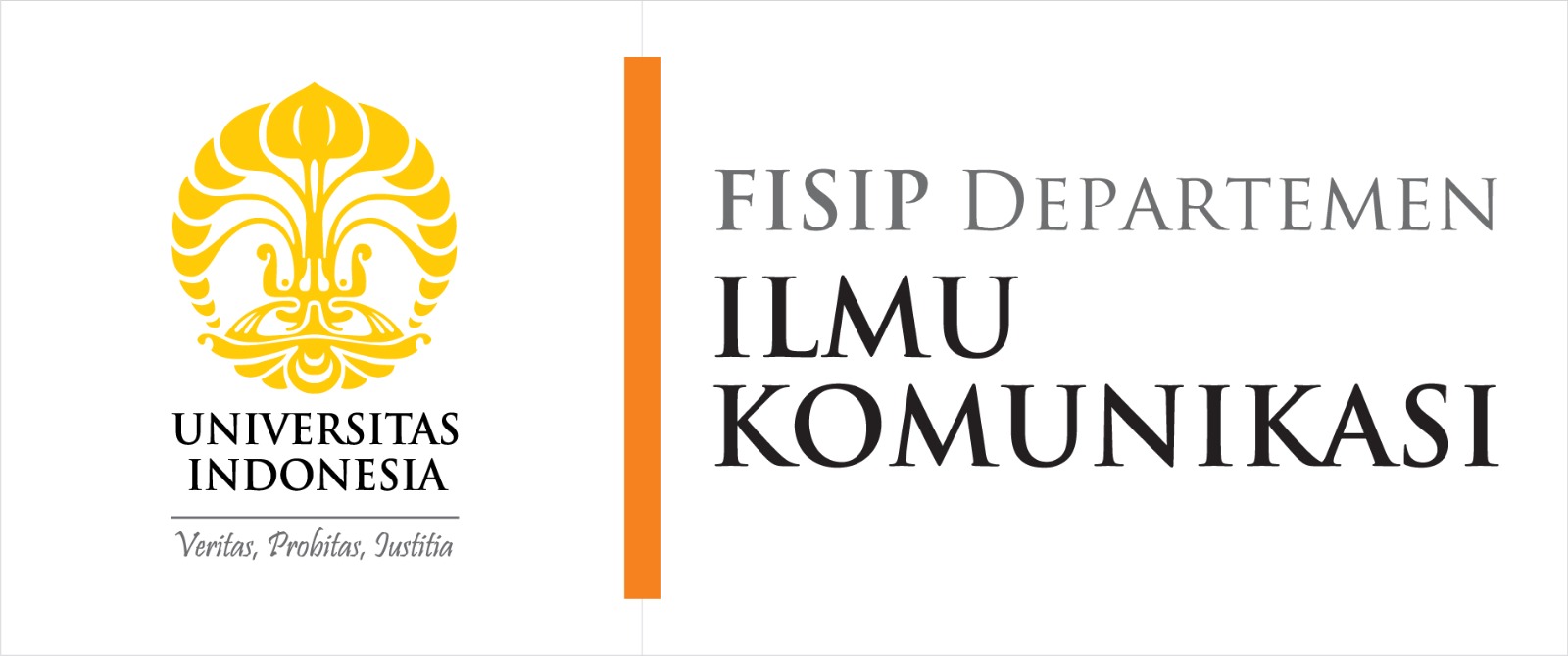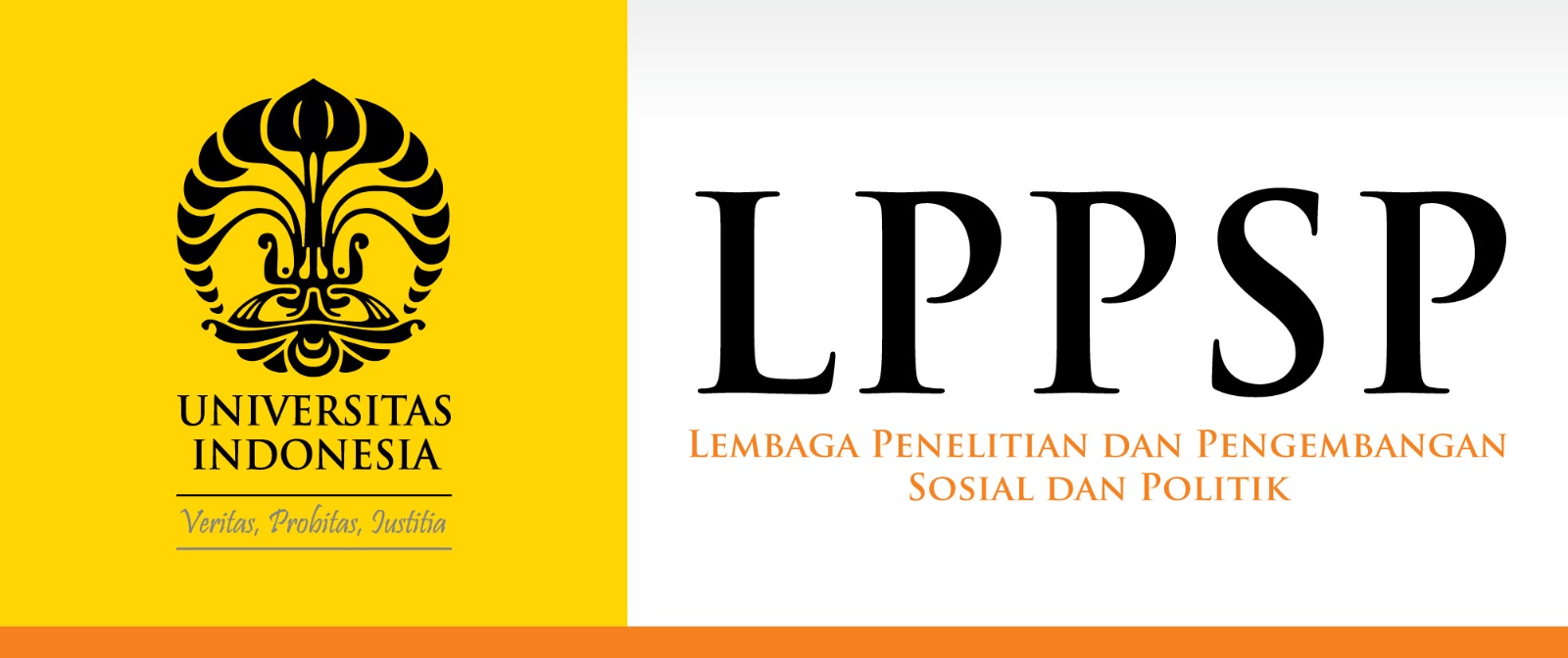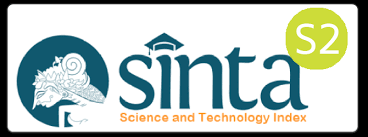JURNAL KOMUNIKASI INDONESIA
GENERAL GUIDELINES
Please note that Article(s) will be processed ONLY when authors comply with the following guidelines:
Jurnal Komunikasi Indonesia Author Paper Template (you don't have to log in/sign up):
AUTHOR GUIDELINES
- Papers must be original and should not have been previously accepted for publication in any journals.
- Papers must be written in English.
- Papers written in MS Word and only format:
- Papers should be written in 1.5 line spacing and Times new Roman 12 font
- Papers should be between 6.000-8.000 words, including abstract, references, tables, figures, and charts. Authors are responsible for ensuring the originality of the content of their paper and shall avoid plagiarism.
- Formatting your article following Jurnal Komunikasi Indonesia’s template. (See author template download links)
- Jurnal Komunikasi Indonesia follows the American Psychological Association (APA) reference. Ensure you check the APA 7th reference style.
TYPES OF PAPER
Jurnal Komunikasi Indonesia publishes multidisciplinary studies in media and communication as well as monodisciplinary papers that are of interest to other disciplines and are of relevance to landscape studies:
- Original research papers
Original research papers should report the results of original research. The material should not have been previously published elsewhere, except in a preliminary form.
- Book review
Book review should cover subjects falling within the scope of the journal and which are of active current interest.
- Theoretical note/papers
Theoretical note/paper is an article on new developments, significant advances and novel aspects of theoretical methods and techniques relevant to the scope of JKI. A theoretical note/paper can also include novel software developments and computational methods. The theoretical note/paper should be used for information that cannot be adequately incorporated into an Original Research Article, and that is of sufficient value to be brought to the attention of the readers of the Journal. The note should describe the nature of the theory/concepts, technique or procedure and clarify how it differs from those currently in use, citing relevant literature.
ARTICLE STRUCTURE
Abstract
A concise and factual 150-200 words abstract is required. The abstract should state briefly the purpose of the research, the principal results and major conclusions. An abstract is often presented separately from the article, so it must be able to stand alone. For this reason, references should be avoided. Non-standard or uncommon abbreviations should be avoided, but if essential they must be defined at their first mention in the abstract itself. The Abstract is written in English.
Keywords
Authors should provide 4 to 5 keywords, separated by comma (,). These should be placed beneath the abstract. The keywords should be written in English.
Introduction
The introduction should show author's knowledge and expertise about the field of study and current research. As follows, Introduction strictly should contain:
- A summary of existing research on the subject
- Research question, hypothesis or thesis statement (state of the art)
- Theoretical framework
- An introduction to the field, the current situation, or prevailing practice
Research method
Provide sufficient details to allow the work to be reproduced by other studies. Explain what you did: research, procedure, process, professional intervention and decision in the research process (data collections, sampling, key informants identification and recruitments strategies, data analysis methods, techniques and strategies) and how you did it:
- Account for what you did and did not do
- document what you did and did not do
Results and Discussion
Results should be clear and concise. Research discussion should explore the significance of the results of the work, not repeat them. A combined Results and Discussion section is often appropriate. Avoid extensive citations and discussion of published literature. In short, Result and Discussion section should:
- present the findings by organizing, classifying, analyze and (if relevant) categorizing.
- explain and interpret (e.g. differences between various studies)
- assess and evaluate
Conclusions
The main conclusions of the study may be presented in a short Conclusions section, which may stand alone or form a subsection of a Discussion or Results and Discussion section.
ESSENTIAL TITLE PAGE INFORMATION
- Title. Concise and informative. Titles are often used in information-retrieval systems. Avoid abbreviations and formulae.
- Author names and affiliations. Please clearly indicate the given name(s) and family name(s) of each author and check that all names are accurately You can add your name between parentheses in your own script behind the English transliteration. Present the authors' affiliation addresses (where the actual work was done) below the names. Indicate all affiliations with a lower-case superscript letter immediately after the author's name and in front of the appropriate address. Provide the full postal address of each affiliation, including the country name and, if available, the e-mail address of each author.
- Corresponding author. Clearly indicate who will handle correspondence at all stages of refereeing and publication, also post-publication. This responsibility includes answering any future queries about Methodology and Materials. Ensure that only the active e-mail address is given and that contact details are kept up to date by the corresponding author
- Important highlight of the study of 200 words (abstract).
- Key words. Five core key words helping others to find the study.
FILE UPLOAD
- File names should not contain spaces or special characters such as * . ” / \ [ ] : ; | = , < ? > & $ # ! ‘ { } ( ).
- Please keep file names short. Avoid typing author(s) name in file names.
- You must also upload a separate file (Title Page) showing the article title, ALL author(s) name(s), contact details and affiliation(s), and abstract. (refer to "Essential Title Page Information" section above)
- The first file must be your article file. It must not contain any author details or any information that would identify the authors.
- IF SUBMITTING A REVISION, PLEASE DELETE YOUR PREVIOUS VERSION AND UPLOAD THE NEW FILE.
- Upload as many files as needed for your submission in groups of three or fewer. (Larger files take longer to upload). These files will be combined into a single document for the peer review process.
- All figures and plates should be submitted in electronic form, of high quality and legible (e.g. formats: .pdf, .doc, .docx, .xls). Original figure creation files are preferred. If supplying photographic images set them at a high resolution (300dpi) and at least 10cm wide (e.g. formats: .png, .jpg, .jpeg, .bmp)
SUBMISSION CHECKLIST
You can use this list to carry out a final check of your submission before you send it to the journal for review. Ensure that the following items are present:
- One author has been designated as the corresponding author with contact details:
- E-mail address
- Full postal address
- Manuscript has been uploaded, including:
- Include keywords
- All figures (include relevant captions)
- All tables (including titles, description, footnotes)




